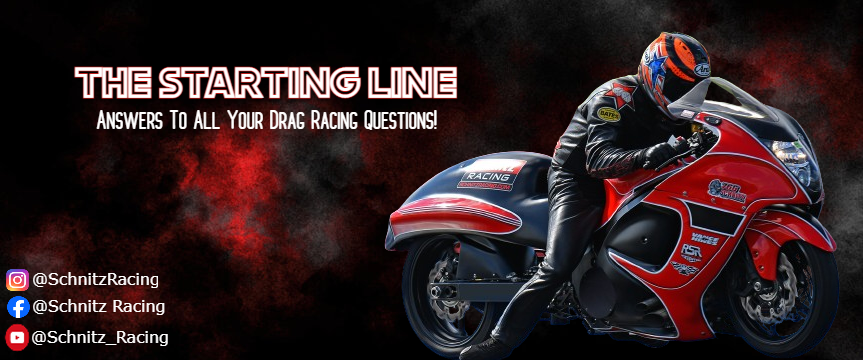The Starting Line: Difference Between Index And Bracket Classes?

In drag racing, the primary distinction between a bracket class and an index class lies in how racers approach their predicted elapsed times (ET). Here's a breakdown of the key differences:
Bracket Class:
-
Utilizes a .500 full tree.
-
Racers dial their motorcycles according to their test passes.
-
The dial-in time is a self-selected prediction of their performance.
-
The dial-in time can be adjusted between runs, allowing for adaptation to changing weather and track conditions.
-
The objective is to run as close as possible to the chosen dial-in time without going faster.
Index Class:
-
Can have either a .400 or .500 pro tree.
-
Racers are given a predetermined dial-in time based on their class (e.g., 9.50, 8.90, 8.88, 8.20).
-
The dial-in time remains fixed for all runs, regardless of changing conditions.
-
Racers aim to run as close as possible to the predetermined index time without going faster.
-
If both racers go under the dial, the one who goes under the least wins, unless there was a red-light (foul) start.
In essence, both classes share the common goal of running as close as possible to a specified time without breaking out. The key distinction is the flexibility in choosing and adjusting the dial-in time in a bracket class, while an index class mandates a predetermined time for all participants. Whether it's selecting your own time or adhering to a set index, the objective is precision and avoiding going faster than the designated time. Good luck, and prioritize safety on the track!
<-Previous Issue |
Next Issue -> |



